Gardens aren’t exactly a “set it and forget it” kind of thing. A consistent maintenance routine is necessary to keep your garden healthy and blooming brightly! If summer garden care isn’t your area of expertise, this beginner’s guide will help you stay on top of all the essentials.
Follow This Maintenance Routine for a Gorgeous Summer Garden
Remember: the key to successful summer garden maintenance is consistency! Avoid neglecting your garden for extended periods, and keep a regular routine so that your plants don’t get stressed out or dehydrated. Perform these tasks regularly throughout the summer to ensure your garden looks fresh and flawless all season!
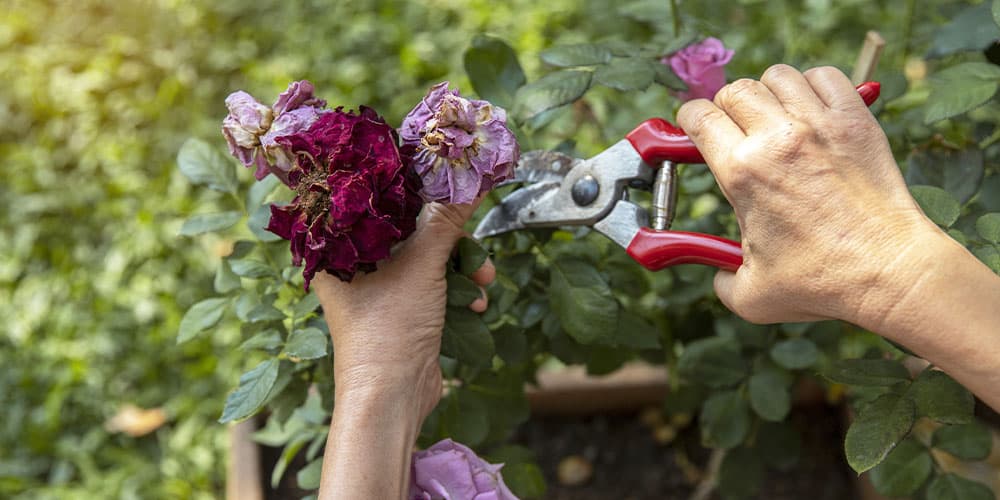 Deadhead Spent Flowers
Deadhead Spent Flowers
While some summer flowers are self-cleaning and don’t require deadheading, many of our favorite garden flowers benefit if you remove their spent blooms. Withered flowers still drain energy from your plant, so if you get rid of them, your plant will have more energy to grow a new set of blooms. Simply cut the stem underneath the flower head, above the first set of leaves. Use a small set of hand pruners for thicker, woodier stems. You can use your fingers and pinch off spent flowers from more tender, herbaceous plants.
Water Early in the Morning
Summer temperatures can stress out our plants if they aren’t thoroughly hydrated, and soil moisture evaporates much more quickly. Watering early in the morning helps insulate your plants’ roots from the heat and ensures they stay hydrated for longer. Be as consistent as you can with watering, especially with thin-skinned vegetable plants like tomatoes, which are susceptible to fruit splitting.
 Fertilize at Least Once Per Month
Fertilize at Least Once Per Month
Fertilizer is necessary for your plants to develop properly. If they lack essential nutrients, they won’t be able to perform their basic functions, like growing fresh foliage or producing flowers. Fertilizing once per month throughout the summer is essential. Fast-growing container plants like summer annuals may need fertilizer more frequently—about once every two weeks.
Make sure you’re using a fertilizer appropriate for your chosen plants! For example, using high nitrogen fertilizer on flowering plants will result in lots of foliage and very few blooms. If you’re unsure which fertilizer formula to use in your summer garden, feel free to ask us for recommendations!
Watch Out For Pests
Destructive insects can pop up at any time during the summer, so it’s a good idea to inspect your plants for signs of pest damage regularly. Chewed holes, sticky residue, and fine webbing are common signs of pests—the pests themselves may often be so small that they’re hard to notice. You can get rid of them with natural pest control solutions like insecticidal soap, neem oil, or diatomaceous earth to reduce the risk of harming beneficial pollinators. For extra defense, you can also try planting pest-repelling plants like marigolds and dill.
Keep an Eye Out for Disease
Spotty discoloration, wilting despite optimal watering and sunlight, and powdery coating are common signs of plant disease. Some diseases are easy to treat with copper-based fungicides, while others are untreatable and can only be prevented through crop rotation and good garden hygiene. If you see signs of disease in your garden but can’t figure out what’s causing it, snap a picture and bring it into Stephens Landscaping. We’ll help you identify the problem and create a game plan for getting rid of it!
 Pull Weeds When You Spot Them
Pull Weeds When You Spot Them
Weed control isn’t anyone’s favorite part of maintaining a summer garden. However, it’s one of those things that will be much easier to deal with if you spring into action sooner rather than later, so it’s best not to avoid it! Pull those weeds the moment you notice them, and whatever you do, don’t let them go to seed, or else the weed problem will be even worse next summer! Hand pulling is easier with moist soil, and hoeing is easier when the soil is dry.
For everything you need to keep your summer garden in Moultonborough looking flawless and fabulous, visit Stephens Landscaping. Follow us on Facebook and Instagram for up-to-date news on the latest products, promos, and other exciting stuff!


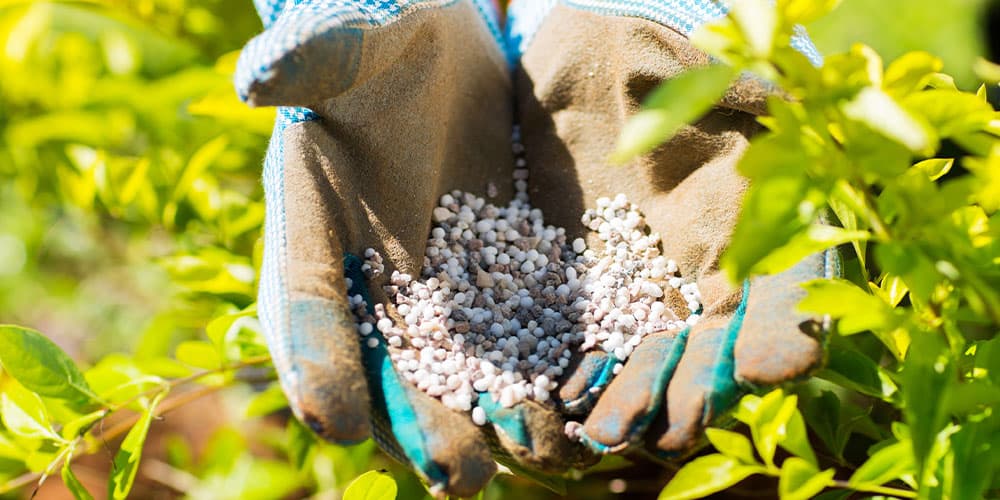 Fertilize at Least Once Per Month
Fertilize at Least Once Per Month
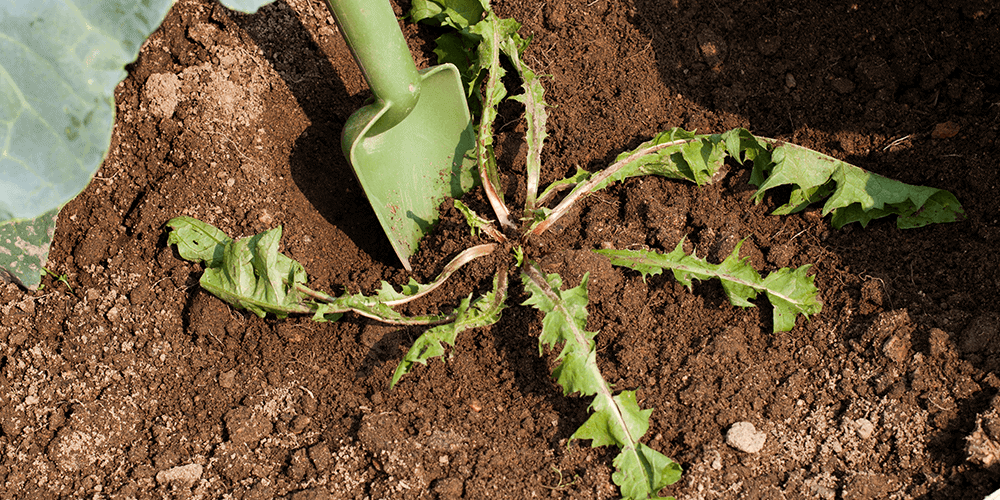 Pull Weeds When You Spot Them
Pull Weeds When You Spot Them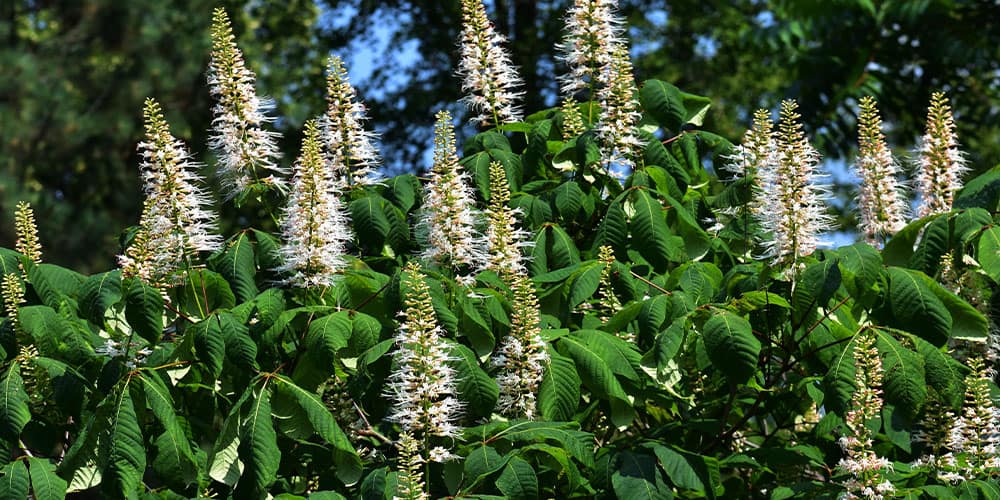 Bottlebrush Buckeye
Bottlebrush Buckeye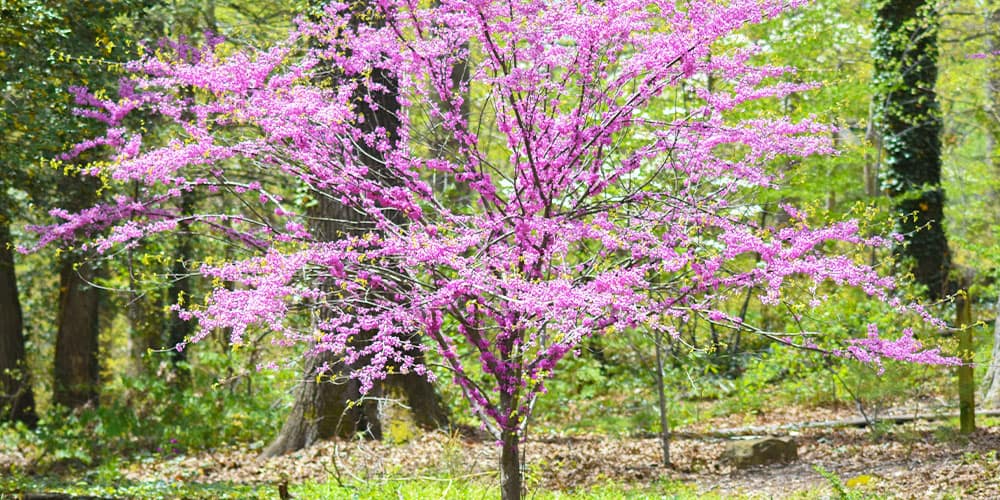 Blooming Redbud
Blooming Redbud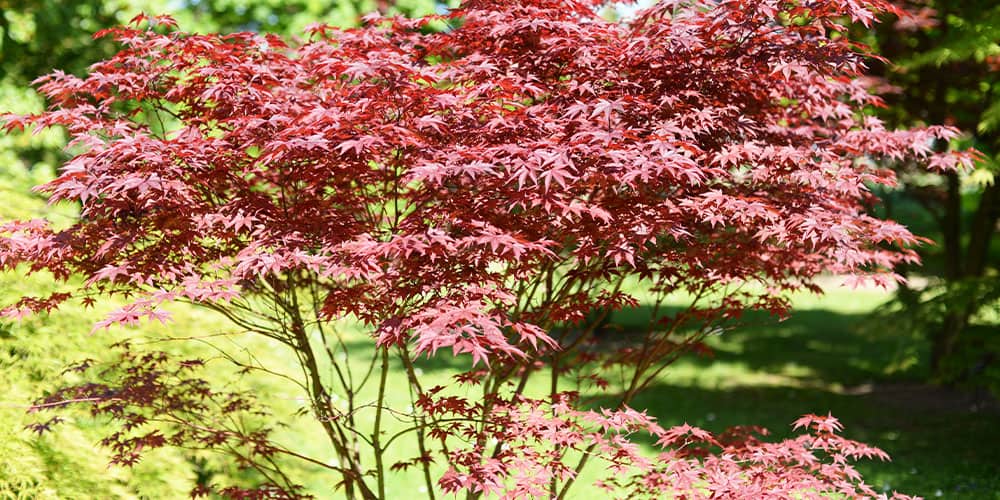 Bloodgood Japanese Maple
Bloodgood Japanese Maple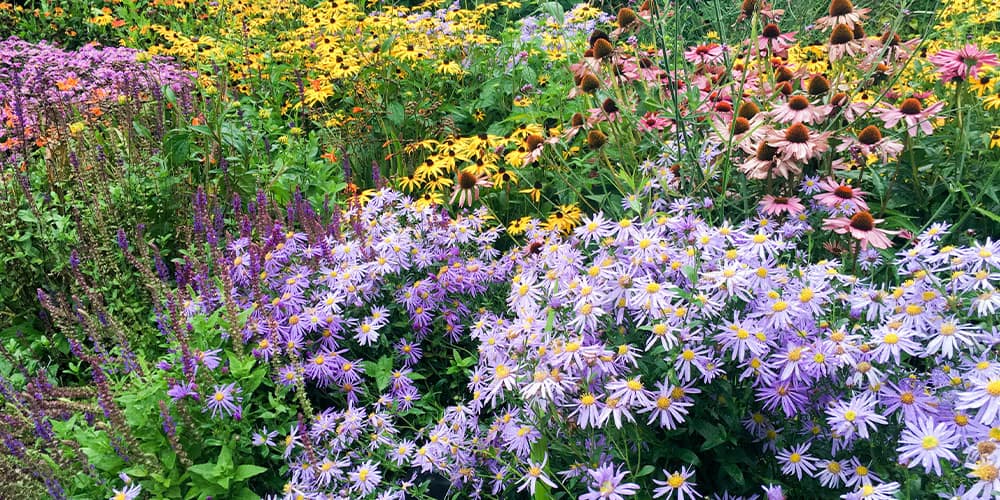
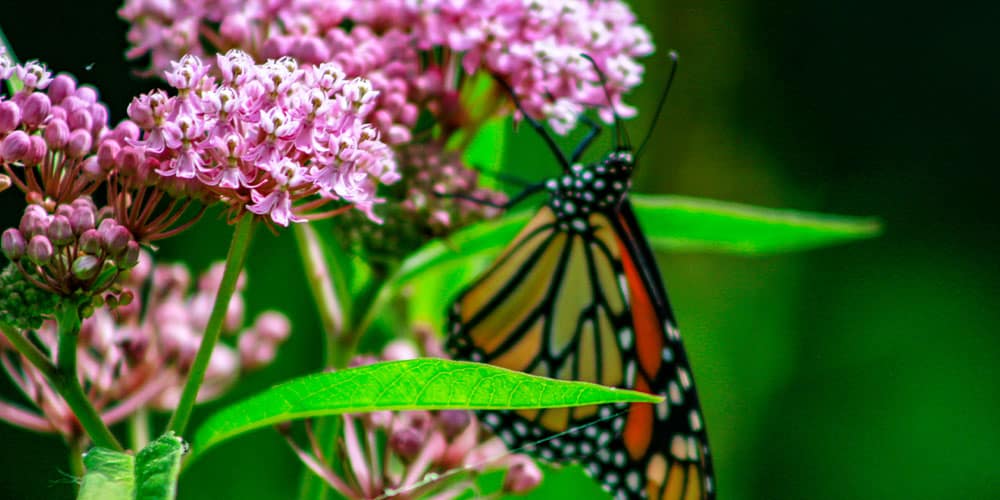 Native Plants For New Hampshire’s Pollinators
Native Plants For New Hampshire’s Pollinators 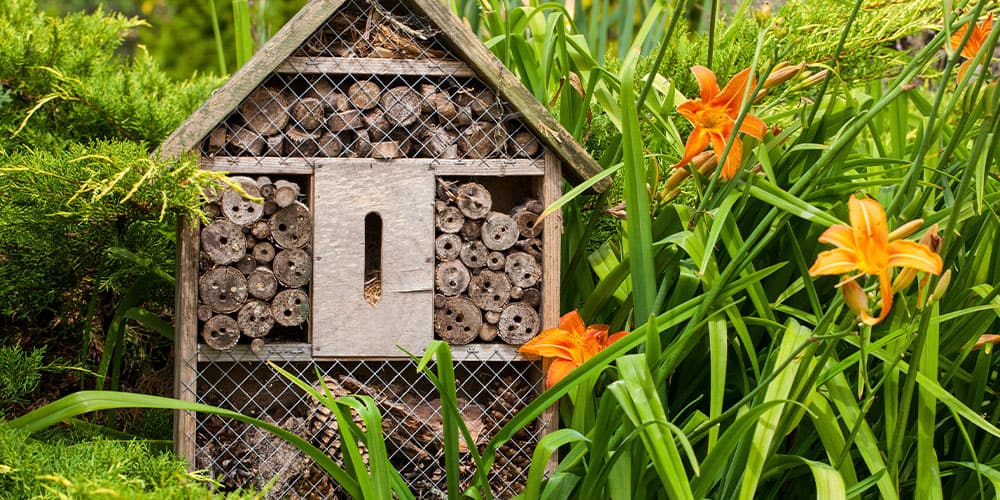 Decorating Your Pollinator Landscape
Decorating Your Pollinator Landscape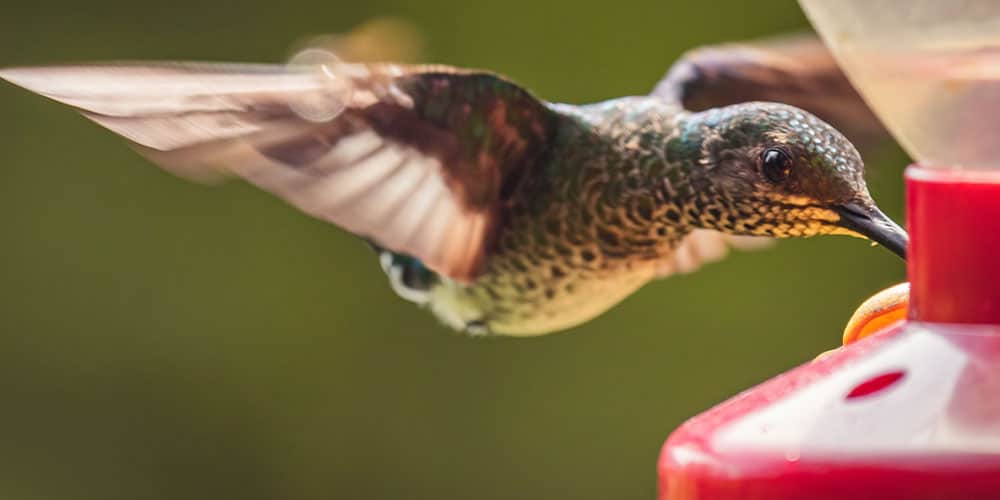 How Professionals Can Help
How Professionals Can Help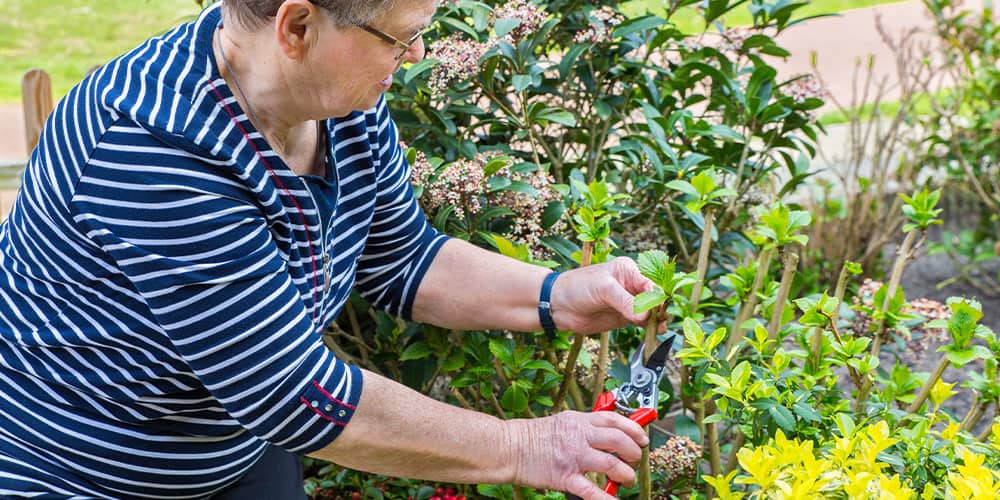 Types of Hydrangeas and How to Prune Them
Types of Hydrangeas and How to Prune Them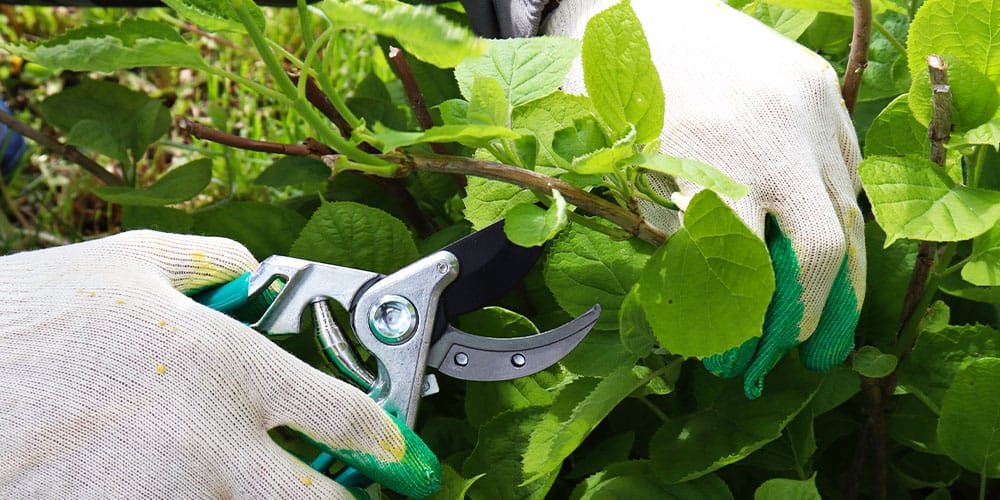 How Short Should I Trim My Hydrangea?
How Short Should I Trim My Hydrangea?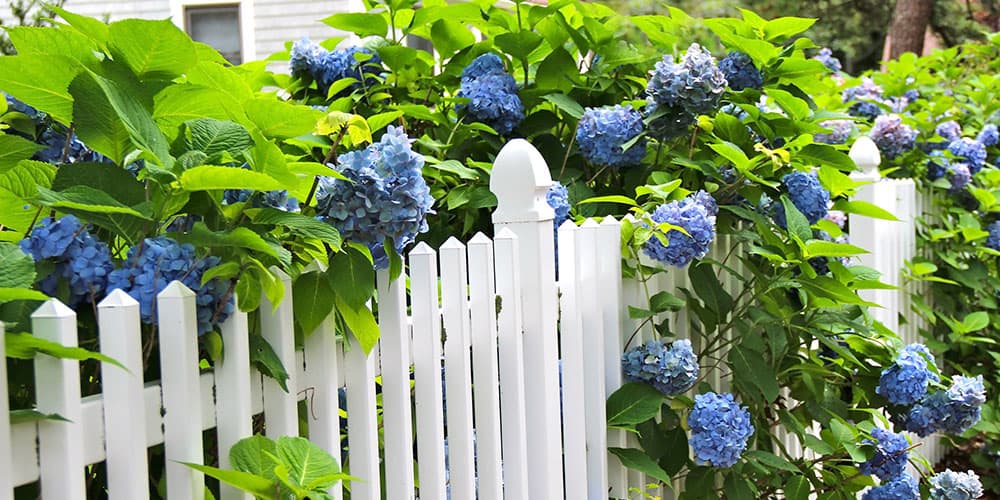 What Happens If You Don’t Prune Hydrangeas?
What Happens If You Don’t Prune Hydrangeas?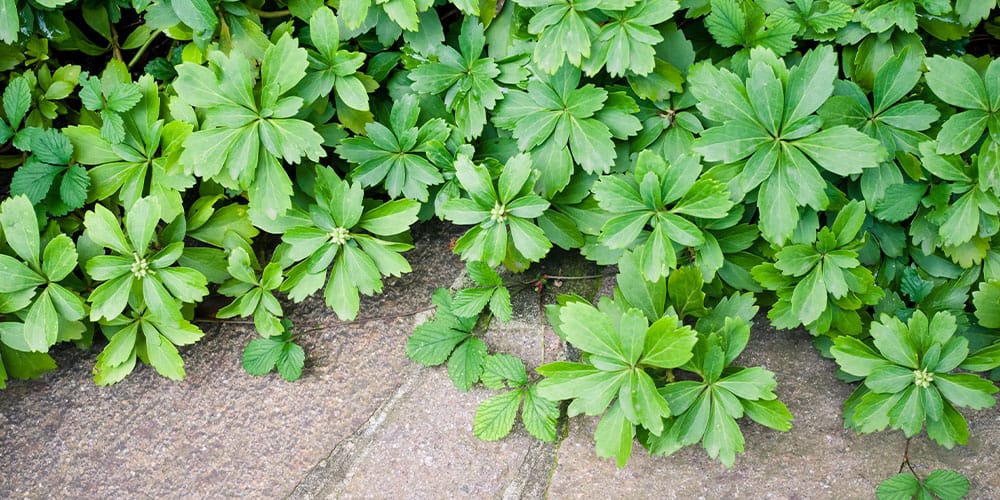 Erosion Control
Erosion Control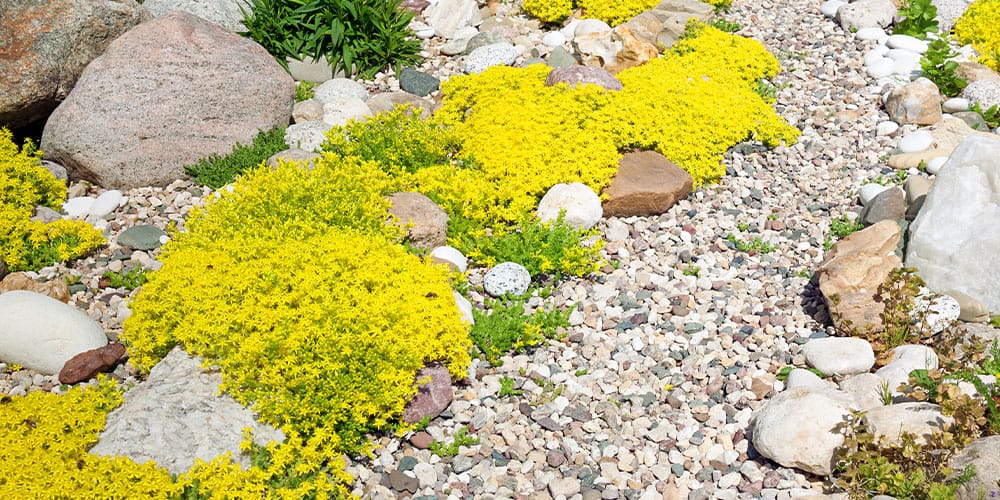 Flood Control
Flood Control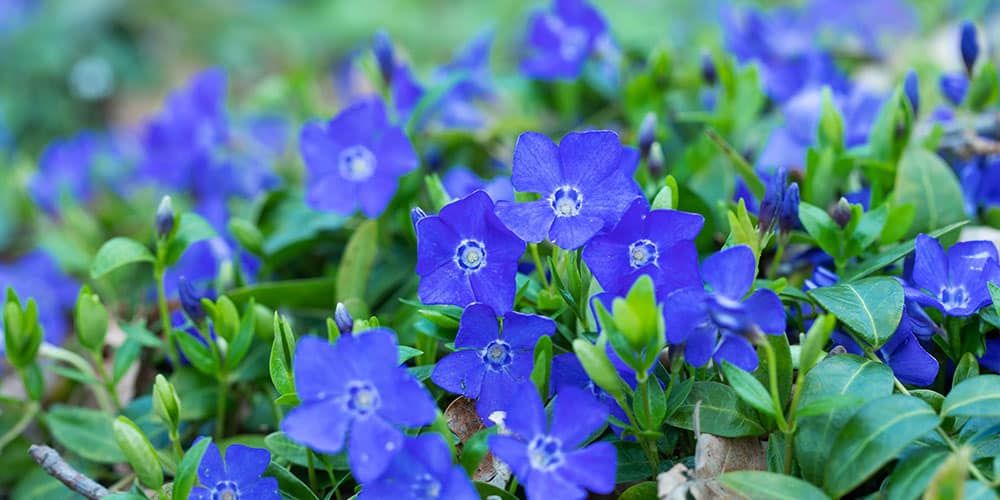 The Best Groundcover Plants for New Hampshire Gardens
The Best Groundcover Plants for New Hampshire Gardens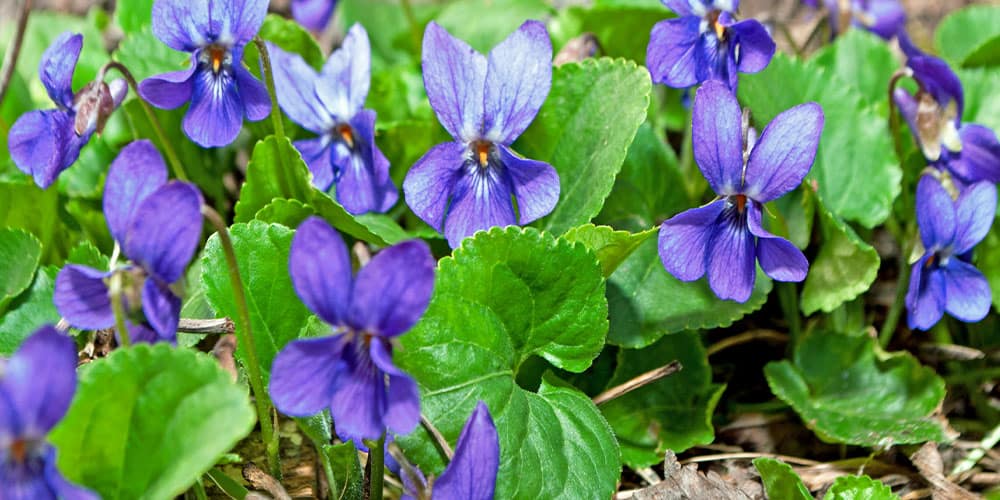 Violets and Violas
Violets and Violas